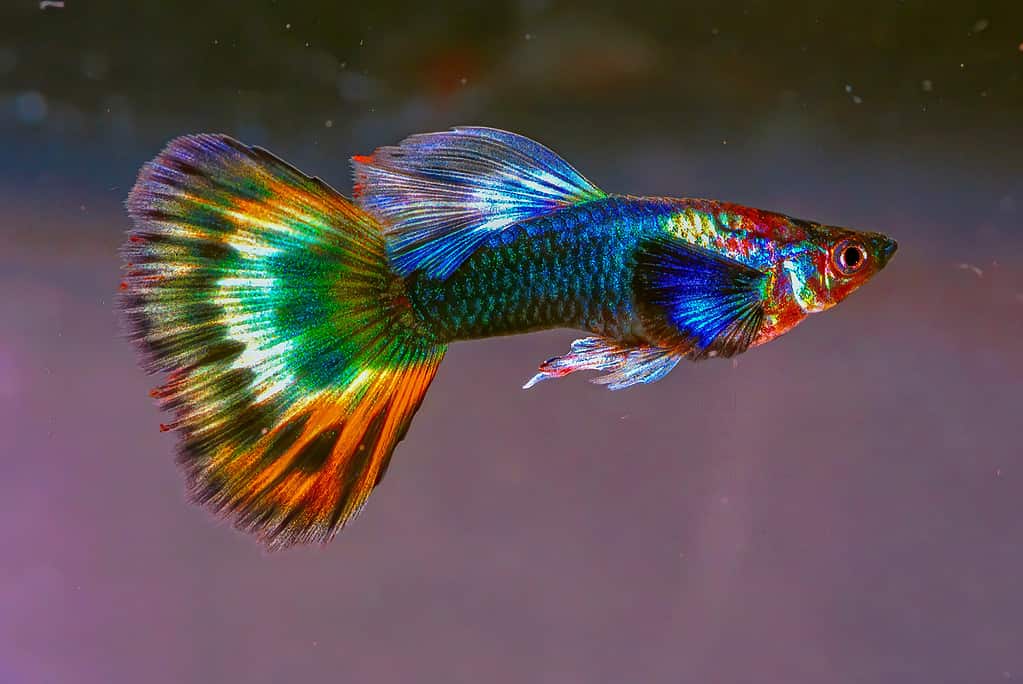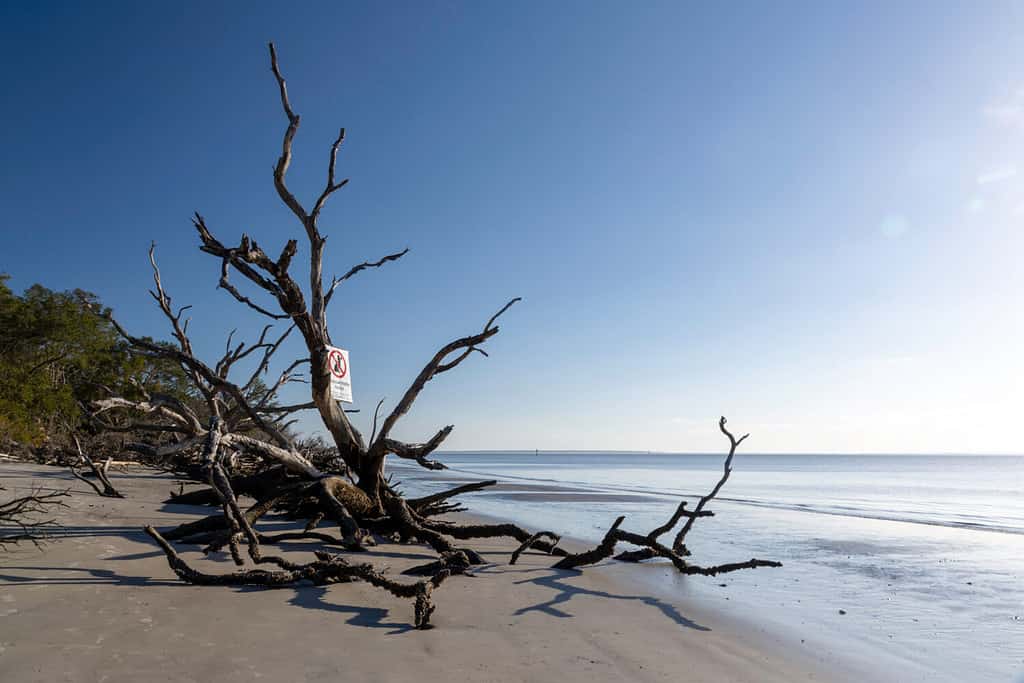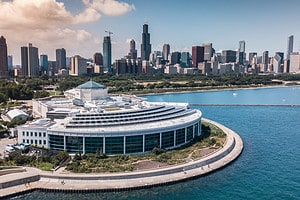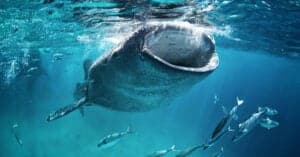There is more to aquarium water than what meets the eye. Aquarium water consists of various compounds that influence the quality of the water and its parameters. Different aquarium inhabitants require different water parameters to thrive. Some have adapted to soft and acidic waters, while others need hard water with a high mineral content.
Invertebrates and plants require specific water parameters for growth, respiration, reproduction, and metabolic functions. One of the most overlooked water parameters in an aquarium is the water’s general and carbonate hardness. If you are raising aquatic inhabitants that thrive in soft water, there are ways you can reduce the water’s hardness to create their ideal environment.
Understanding Aquarium Water Hardness
Before we discuss methods of softening hard water, it’s important to understand how the water’s hardness can impact your aquarium’s water quality.
Hard vs Soft Aquarium Water
When we describe water as either hard or soft, we are referring to the water’s dissolved mineral content. Hard water has a higher mineral content than soft water and contains more types of minerals. Dissolved minerals such as calcium, bicarbonates, magnesium carbonates, sulfates, and chlorides are in hard water. Those minerals do not make the water dirty or contaminated, so hard water is safe to use in aquariums.
Soft water contains far fewer mineral ions than hard water and more sodium and heavy metals. The magnesium and calcium concentrations in soft water are very low and sometimes non-existent. Rainwater, distilled water, and reverse osmosis (RO) water are great examples of soft water. While spring, bottled mineral water, and most types of tap water are examples of hard water.

Guppies prefer hard water that is high in minerals.
©Karel Zahradka/Shutterstock.com
Hard water leaves a white chalky residue at the aquarium’s water line. This happens when the mineral deposits (like calcium and magnesium) in the water dry up, causing a buildup of limescale. Many aquarists dread cleaning the stubborn limescale buildup from aquarium glass since it can be a time-consuming process.
Most people can’t tell whether water is hard or soft just by looking at it. The mineral content in the water is invisible to the naked eye. Aquarists can only measure the water’s hardness by using a liquid testing kit.
General Hardness and Carbonate Hardness
An aquarium’s water hardness is measured by two different water parameters – general hardness (GH) and carbonate hardness (KH). General hardness measures the number of mineral ions in the water, like calcium and magnesium. Carbonate hardness measures the alkalinity or number of bicarbonates and carbonates present in the water.
The general hardness of the water plays a vital role in the health, growth, and metabolic functions of fish, invertebrates, and even live plants. Certain aquarium inhabitants have adapted to specific water conditions and need an aquarium with their ideal general water hardness. Many live-bearing fish like guppies, mollies, and platies prefer hard water. However, some fish do not mind being in either soft or hard water. Most freshwater aquariums have a general hardness between 3 to 15 dGH (degrees of general hardness).
Although carbonate hardness can be important for freshwater aquariums, it is vital for reefs and many marine aquariums. This is mainly because the water carbonate hardness affects the PH level, and corals use carbonates for skeletal growth. Carbonate hardness buffers the PH level in the water and in return helps to stabilize it by neutralizing acids. When the water’s carbonate hardness is low, the PH levels can become unstable, which can stress out your aquatic inhabitants.
Generally, the ideal KH range in most freshwater aquariums is between 4 to 8 dKH (degrees of carbonate hardness). Brackish and marine aquariums typically have a higher KH range at around 8 to 12 dKH.
If you have tested and discovered that the aquarium water is too hard for the type of fish, invertebrates, or plants you are housing inside, here’s how you can soften the water.
To soften your aquarium water, you will need to reduce the mineral content first.
Peat Moss
You can use peat moss in an aquarium to naturally lower the water’s hardness. Peat moss helps to demineralize the water and release tannins that release phenolic acids to neutralize the water’s KH and PH levels. It is generally safe to use in freshwater aquariums if it is used correctly.
Only use pure, unused peat moss. You can place a small portion of it directly into a filter bag and pop it into the aquarium’s filter. Some aquarists recommend sterilizing the peat moss first by boiling it.
Since peat moss releases tannins, your aquarium’s water may turn a dark brown or yellow. This is normal and a sign that the peat moss is taking effect.
Driftwood
Driftwood is an excellent and natural way to soften aquarium water. Plus, driftwood is often used for aesthetic purposes in aquariums since it creates a natural environment. Driftwood works by releasing tannic acids into the water which help reduce the water’s GH. Keep in mind that the larger the tank is the larger the piece of driftwood you will need.

Driftwood leaches tannins which naturally soften aquarium water.
©Joanne Dale/Shutterstock.com
The tannins that leach into the water from driftwood will give the water a tea-colored appearance, but it is not a cause for concern. In fact, tannins can be incredibly beneficial for fish by improving water quality while having anti-bacterial properties.
Water-Softening Pillows
Water-softening pillows are an exceptional way to reduce the water hardness in aquariums. It works much faster and more effectively than most natural methods. They are usually coated in an ionized resin that binds the minerals and metal ions in the water and removes them. Water-softening pillows should be placed inside an aquarium filter to work as water needs to pass through the pouch.
Reverse Osmosis (RO) Water
You can use reverse osmosis water to lower your aquarium’s water hardness by diluting it. Most aquarists use hard tap water to fill up their aquariums. However, combining reverse osmosis water and your normal tap water in the aquarium can help reduce the water’s hardness. Reverse osmosis water contains no minerals and few contaminants which are removed as part of the purification process.
Catappa Leaves
Catappa or Indian almond leaves work in a similar way to peat moss and driftwood. These leaves have been used for years to soften aquarium water and raise acidity while offering natural anti-bacterial benefits. Catappa leaves also reduce the water’s PH and release tannins that give the water a murky brown coloration. You can let the Catappa leaves float in the aquarium, or simply add it to one of the filter compartments.

Catappa leaves are relatively inexpensive and can be found in most local fish stores or online retailers.
©PCbang/Shutterstock.com
Distilled Water
Distilled water is free from impurities and minerals and can be mixed with tap water to lower the aquarium’s water hardness. It works in a similar way to reverse osmosis water by diluting the aquarium water and balancing the mineral levels in the water. Distilled water is often used in biology labs, for medical purposes, or for coolant systems in cars. You can purchase distilled water from most grocery stores, and it is usually in the car or hardware aisle.
Helpful Products You Can Use to Soften Aquarium Water
We recommend the following products for softening aquarium water. These products come highly rated and often work quite well when used appropriately.
- API freshwater hardness test kit.
- API water softener pillow
- SunGrow 50pcs Catappa Indian almost leaves.
- Majoywoo large driftwood pieces.
In Conclusion
Aquarium water can be softened naturally using driftwood, Catappa leaves, and impurity-free waters. However, you also have the option of using water softener pillows and certain commercial aquarium chemicals to alter the water’s hardness. Regardless, the process should be done gradually to avoid shocking the inhabitants. Many fish, plants, and invertebrates are sensitive to sudden changes to water parameters. Additionally, it is important to regularly test the water to monitor the water’s hardness level when you are using water softeners.
The photo featured at the top of this post is © richcarey/ via Getty Images
Thank you for reading! Have some feedback for us? Contact the AZ Animals editorial team.







